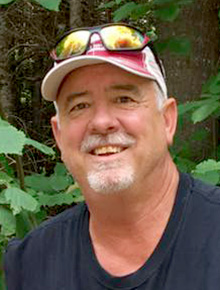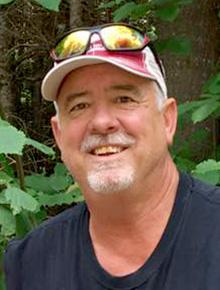
Last year about 65,000 pheasant stamps were sold in Minnesota.
This is a stamp hunters must purchase that supports pheasant habitat work in the state. It is also a valuable way to accurately count the number of hunters that chase pheasants every year.
I have been of the opinion that this count is important because it gauges hunting activity and helps managers understand hunter number trends.
Of the 65,000 people who hunt pheasants in the state, most of them are what I call fair weather hunters. They will hunt for the first few weeks of the season but pack the shotgun away as soon as the snow is deeper than a few inches. Many of those same people will take to deer hunting, and a large number of them will give up the gun for an ice fishing rod as soon as the ice is thick enough to travel on safely.
All of that works just fine for those who choose to stay with the late season rooster chase. There are people who hunt pheasants, and then there are pheasant hunters. The latter group takes their rooster chasing to a much higher level, and for most of them their success rates are much higher than the average chicken chaser.
My duck-hunting friends call pheasants “ditch chickens.” So after work I go chicken chasin’.
I have had folks drive to southwest Minnesota from all over the United States to hunt pheasants in my county.
Two weeks ago, a couple from upstate New York spent five days in my town, and I made some great new friends that I think will make the annual trip back for many years to come. Many hunters from the metro area come my way as well, and those who pay a little attention to my secrets to success have very good luck.
A few things I see people do can dramatically reduce their chances of success. I will add a few tips here, and you can make of them what you will, but they do work.
The first tip is to get ready at home or at least one mile from where you want to start. I load my dogs in the truck and put their remote location collars on before I leave the house or the hotel. The gun is stowed where I can easily reach it when I open the door. The shells are already in my vest, and the water bottles for the dogs have been prefilled. If I am with somebody else, the “who’s going where” instructions were completed with a map over coffee earlier that morning.
Consider the alternative. You pull into a public lands parking lot, and the dogs all start to whine. Many will bark with excitement. Loud commands to sit or stay ring across the pheasant prairie as the hunter tries to hold the dog still enough to put their collar on. Digging around in the back of the truck to gather up the gun and gear adds to the sounds of circus life. Pheasants can feel ground vibration through their feet, and a few extra times the truck door is slammed or the shell container falls to the ground is as good as a tornado siren to a pheasant. I hardly ever park in a designed parking lot. Since opening day this is where all the danger has come from for the past five weeks. Approach from a different direction with NO SOUNDS.
The pheasant field is no place to discuss sports or wives or any other subject matter. If you’re going to talk when you hunt, it would not matter if you used a bull horn. Sound is sound and volume makes little difference. Keep quiet.
This is such a classic. A rooster jumps up and everyone hollers “rooster, rooster, rooster!” This is a long-standing tradition of hunters who don’t really want to shoot many pheasants. Game farms that have lots of birds that have nowhere else to go use this technique all the time. It identifies the bird so everyone can take a shot at it.
If you hunt with me, there is no hollering of rooster, rooster, rooster. The instructions given far ahead of time are, “If it has a red head, shoot it. If it does not have a red head, don’t shoot it. If you can’t tell for sure if it has a red head, then don’t shoot it.” Hollering “rooster” just alerts every other pheasant in the field you are hunting that it is time to make a timely get-away. They might fly out 100 yards ahead of you or just beat feet into the next mile. Either way, your boisterous notification to the birds will result in no birds in your vest at the end of the day.
This column could go on and on, and for some hunters these tips might seem a little stringent. My dogs train and work hard, and their only hunting reward is a bird in their mouth. I feel like I owe it to them to help them get their reward. Hunting is my favorite thing. Hunting and coming home with two birds in my vest is just a bit better.



